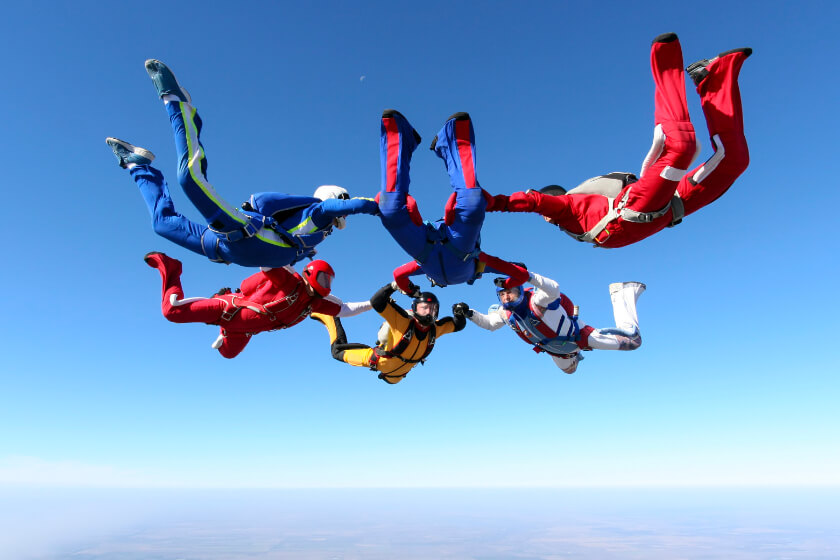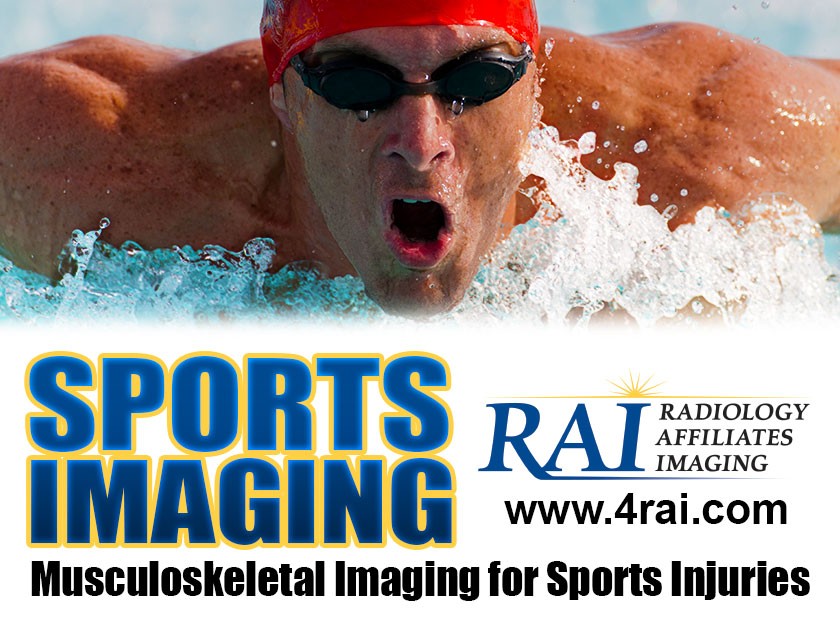
Imaging Wins Gold for Evaluating Injuries during the Olympics

When the chance to compete on the world’s largest stage comes only once every four years, athletes are often tempted to power through the pain of injury to achieve their dreams. Sometimes the bet pays off and the athlete wins a place on the podium. At other times, though, competing with an injury causes career-ending long-term damage. On-site imaging helps athletes and their handlers evaluate injuries quickly so they can decide whether an injured athlete can compete.
In a new study, a team of researchers wanted to understand just how much imaging helps athletes during the Olympics, so they studied data collected during the Rio de Janeiro 2016 Summer Olympic Games. There were several notable injuries during those games and hundreds of minor injuries, and doctors used imaging to diagnose and evaluate many of those injuries. French gymnast Samir Aït Saïd broke his leg during the men’s vault qualification and had to leave the games, for example, while Great Britain’s Elissa Downie returned after falling on her neck during the women’s qualification round of her floor routine. Imaging helped determined whether an injury was severe enough to sideline an athlete.
Imaging during the Rio de Janeiro 2016 Summer Olympic Games
In this study, researchers wanted to know what types of injuries doctors were diagnosing with the use of imaging tools, and to understand how frequently they were using various imaging technologies during the Rio de Janeiro 2016 Summer Olympic Games. Lead author of the study, Dr. Guermazi, M.D., Ph.D., is a professor and serves as vice chair in the Department of Radiology at Boston University School of Medicine. The research team published their findings online in the medical journal Radiology.
They found that more than 11,000 athletes from 206 different nations participated in those games, and medical professionals performed 1,015 radiologic examinations on those competitors. The research team listed the number of images taken of sports-related fractures, stress injuries, and muscle and tendon disorders suffered by athletes during the Olympic Games. They also documented the use of x-ray, ultrasound and magnetic resonance imaging (MRI) to create those images.
The scientists collected and analyzed information from the imaging exams, and then categorized the data according to age, gender, type of sport, body part, and participating nation. The used the information to count the number of injuries and determine the utilization of imaging to evaluate those injuries.
They found that 1,101 injuries had occurred in 718 of the 11,274 Olympians. Medical professionals imaged 1,015 sport injuries during those games, using MRI to image 607 injuries, x-ray to image 304 injuries, and ultrasound to create images of 104 injuries. That means nearly 60 percent of images were MRIs, 30 percent were x-rays, and about 10 percent were ultrasounds.
Utilization by Nation and Sport
The researchers found that Olympians from Europe underwent the most exams, with 254 MRIs, 103 X-rays, and 39 ultrasounds. Excluding ten athletes categorized as refugees, the highest utilization rate was among athletes from Africa.
The research team also determined utilization by sport. At 15.5 percent, artistic gymnastics used imaging the most. Artistic gymnastics typically includes floor exercise, pommel horse, vault, and uneven bars or parallel bars. Taekwondo followed at 14.2 percent, and beach volleyball ranked third in utilization, with 13.5 percent of players undergoing some type of imaging. Track and field athletes underwent the most exams, with 293 Olympians undergoing 190 MRIs, 53 x-rays and 50 ultrasounds.
Some of the results surprised even the scientists – sports that would seem to have a relatively low injury rate showed high imaging utilization rates.
“In some sports, like beach volleyball or Taekwondo, the high utilization rate was somewhat unexpected,” Dr. Guermazi said in a press release. “These numbers may help in planning imaging services for future events and will also help in analyzing further why some sports are at higher risk for injury and how these injuries can possibly be prevented.”
Imaging by Injury Location
Of all the sports-related injuries imaged, the lower limb was the most commonly imaged part of the body. The upper limb was the second most commonly imaged location.
The researchers evaluated imaging for muscle injuries, and found that nearly 84 percent of the muscle injuries affected the lower extremities. Athletes participating in track and field, soccer and weightlifting were the most prone to muscle injuries. Track and field athletes led the field in tendon problems, accounting for 34.6 percent of all tendon injuries.
Most stress injuries occurred in the lower extremities during these Olympics. These stress injuries were most common in track and field, volleyball, gymnastics, and fencing. The researchers found that fractures were most common in track and field, hockey and cycling. Nearly half of all fractures imaged occurred in the upper extremities.
Overall, imaging helped diagnose sports-related injuries in 6.4 percent of the athletes competing in those Olympic Games. Imaging helped the medical care providers establish an accurate diagnosis quickly and gave coaches and athletes the information they needed to determine whether a competitor should return. The findings of this study can help guide planning for increased availability of imaging services during certain Olympic events.
“Imaging continues to be crucial for establishing fast and relevant diagnoses that help in medical decision making during these events,” Dr. Guermazi said.




